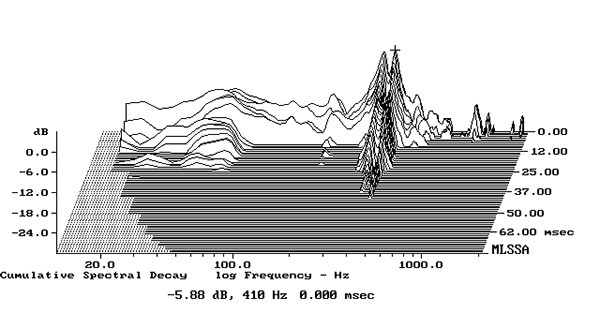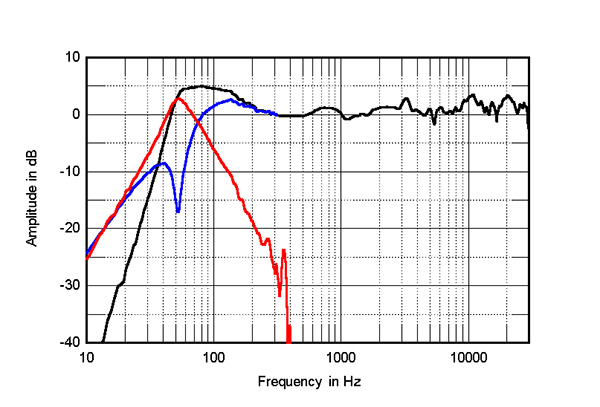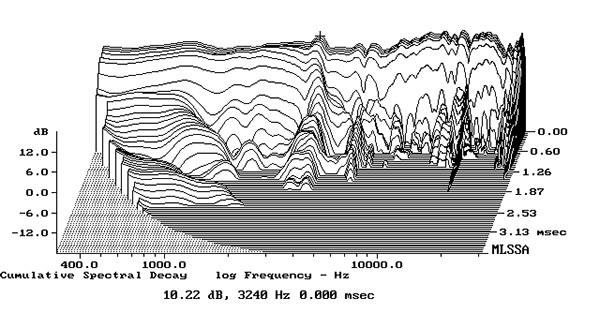| Columns Retired Columns & Blogs |
Thanks for your review and enthusiasm - it mirrors my own enjoyment when I heard them.
Your setup mentions 4-1/2 feet from the wall behind them. I assume this is to the rear baffle- correct?
This would be difficult for many rooms to handle- how adversely is the sound affected with positioning closer to the back wall?
















































